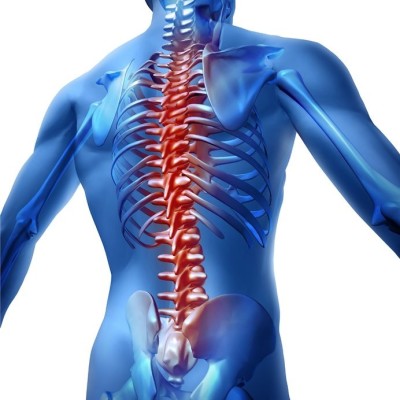Back pain is one of the most common medical issues in the US, and can significantly affect your quality of life. Daily activities suddenly become difficult to enjoy, and sleeping can be a painful challenge. The lower back is subject to strain while lifting a heavy object, twisting, or sudden movements. Poor posture and repetitive stress can also lead to muscle strain and other soft tissue problems. Preventing back pain can be pretty simple—if you know how to avoid it in the first place. Listed below are a few techniques that may help you steer clear of back pain and keep you living an active and healthy lifestyle.
 Back Pain Tips andTechniques:
Back Pain Tips andTechniques:
Exercise your core. Strong core muscles are important to provide support for the lower back and avoid injury. Low-impact cardiovascular exercise—like walking—increases blood flow to the spine, which supplies healing nutrients and hydration to the structures in your lower back.
Correct your posture. Poor posture places pressure on the lower back and can cause degenerated discs to be more painful. Support the natural curve in the lower back by using an ergonomic chair and set a timer on your phone to remind yourself to check your posture as your work throughout the day. Make sure to get up and walk around at least once an hour if you sit most of the day.
Lift heavy objects correctly. Even young, strong, healthy people can severely injure their lower backs if they lift a heavy object incorrectly. Do not attempt to lift by bending forward. Bend your hips and knees to squat down to your object, keep it close to your body, and straighten your legs to lift. Never lift a heavy object above shoulder level and avoid turning or twisting your body while lifting or holding a heavy object.
Improve your overall physical health. The spine reflects the overall health of your body. Anything you can do to improve your overall physical fitness and general health will benefit your lumbar spine as well—including drinking lots of water, minimizing/not drinking excessive alcohol, and stopping smoking/avoiding any nicotine intake. It is also important to get enough deep, restorative sleep, as too little sleep can lead to back pain and/or worsen an existing back condition.
Stretch your hamstrings. A little-known cause of low back pain is tight hamstrings. Simple hamstring stretching exercises can help decrease the pressure on your pelvis and provide relief across your low back. Not all hamstring stretching approaches are good for all types of back conditions, though, so check with your physical therapist or doctor first—many modifications are available.
“7 Tips to Protect Your Lower Back.” Spine-health. Veritashealth.com, n.d. Web. 17 Mar. 2016.

